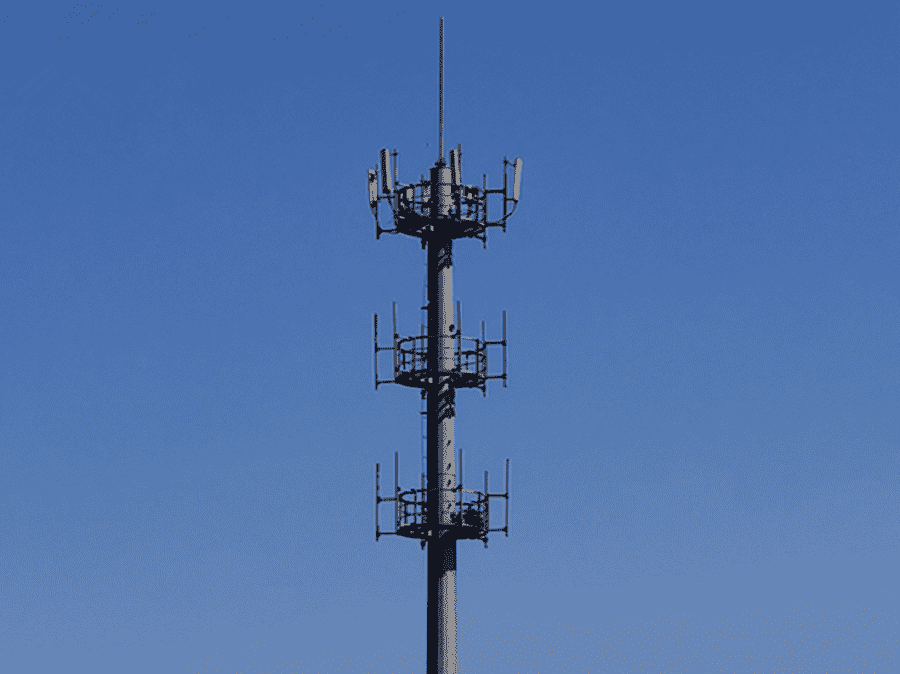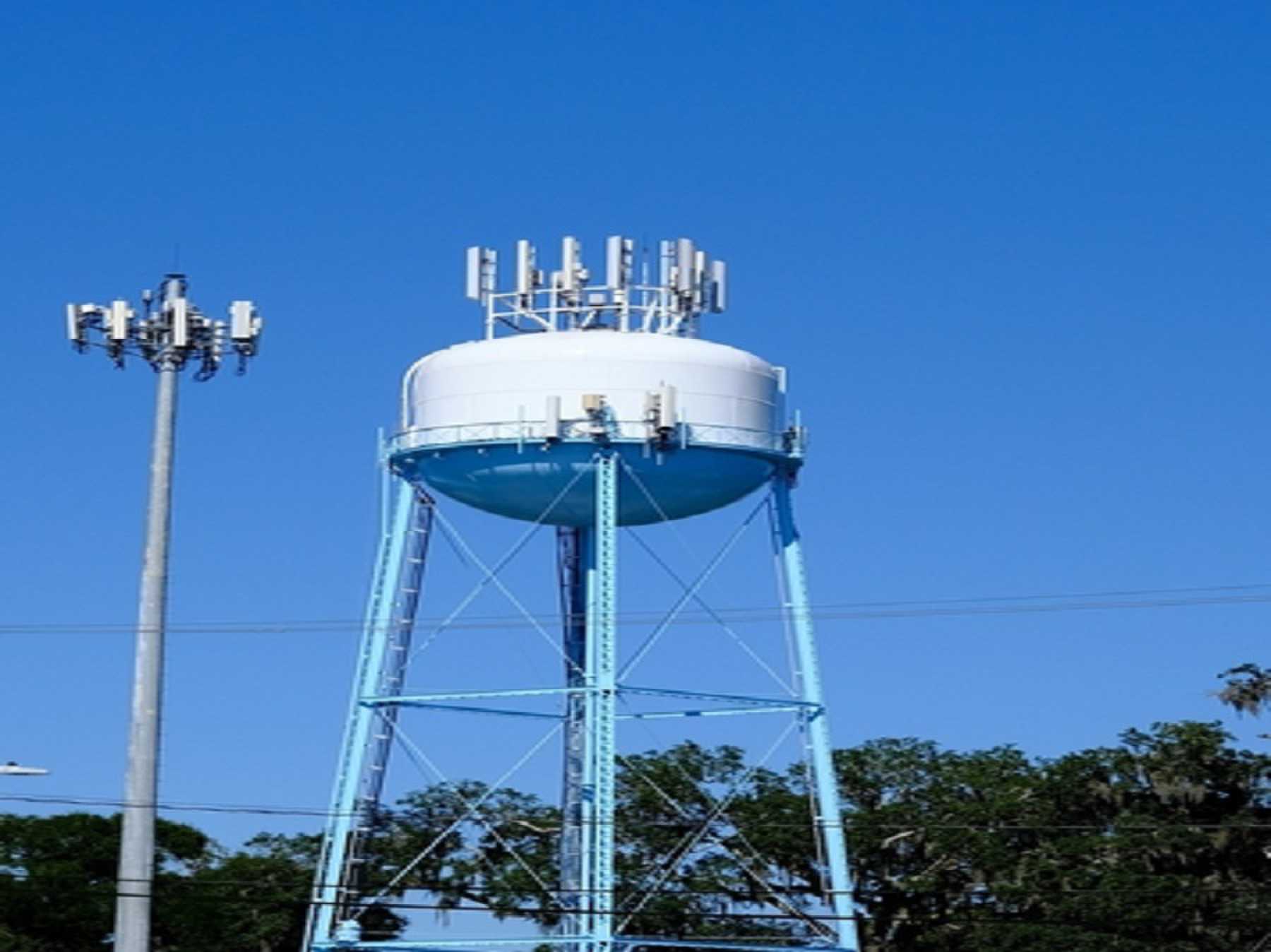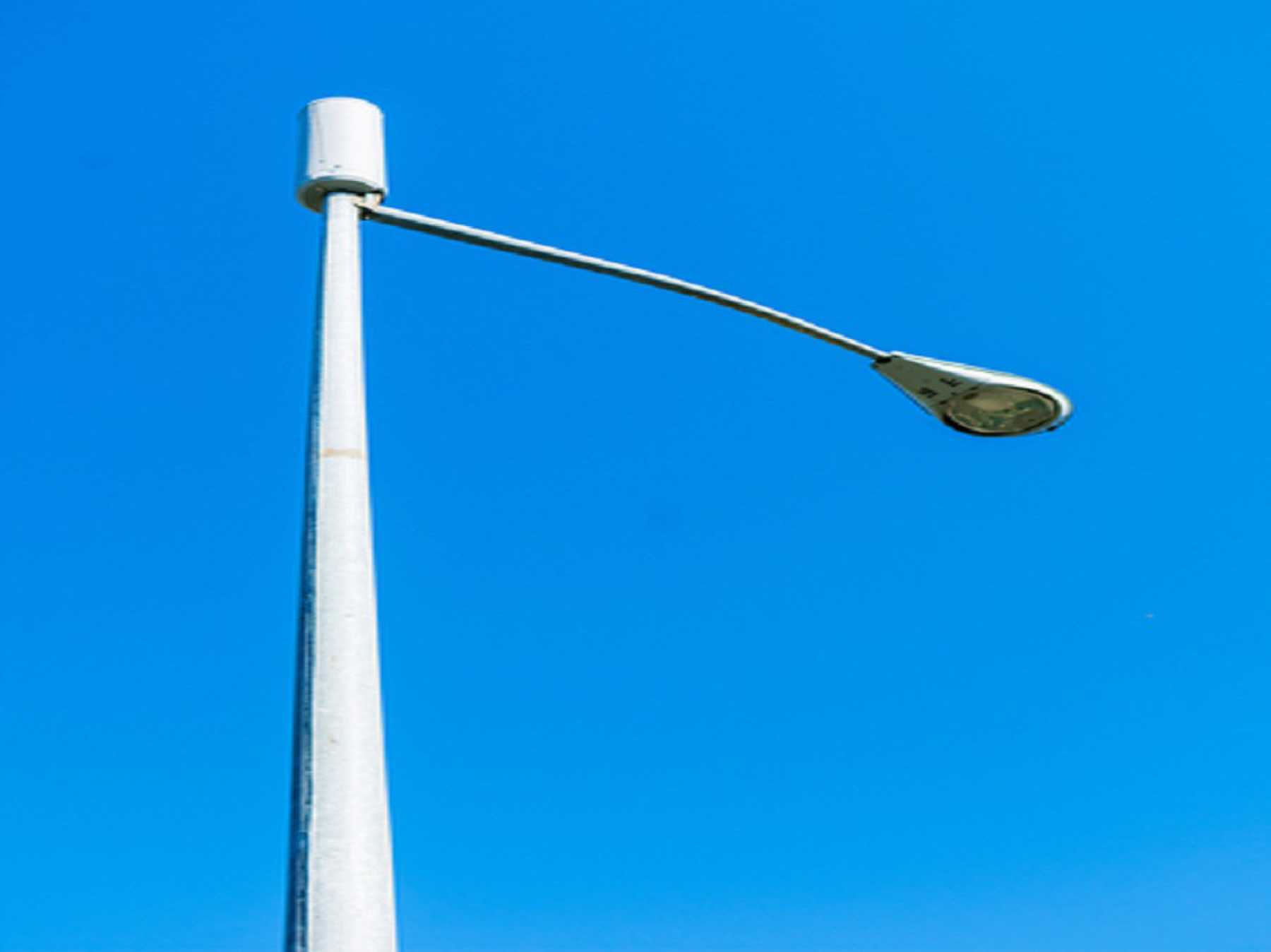The giants in the sky, known as cell towers, are essential to our day-to-day communications. Without them we would have zero connectivity. Cell towers, sometimes referred to as cell sites, are electric communications structures with mounted antennas that allow the surrounding area to use wireless communication devices like cell phones and radios. Cell towers are usually built by a tower company or a wireless carrier when they expand their network coverage to help provide a better reception signal in that area.
Even though there are a plethora of cell phone towers, most people are not aware that they can typically be classified into one of six types: monopole, lattice, guyed, stealth tower, water tower, and a small cell pole.

A monopole tower is a simple single pole. Its elementary design reduces visual impact and is relatively simple to build, which is why this tower is favored by tower developers.

A lattice tower is a freestanding vertical tower designed with rectangular or triangular bases. This type of tower can be favorable in places that involve mounting a large number of panels or dish antennas. Lattice towers can be used as electricity transmission towers, cell/radio towers, or as an observation tower.

A guyed tower is a slender steel structure that anchored by steel cables in the ground. These are commonly seen in the tower industry because they provide the greatest strength, most efficient, and they are easy to install.

A stealth tower is a monopole tower, but in disguise. They are usually in urban areas when they need to reduce visual impact of the actual tower. There are different variations to a stealth tower: a broad leaf tree, a palm tree, a water tower, a flagpole, a light pole, a billboard, etc.

The last tower type is a small cell pole. This kind of cell site is connected by fiber optic cable and mounted to already made structure like a light or a utility pole. This makes them more discreet, while also bringing them closer to smartphones and other devices—a benefit that will become clear as we go. Like a tower though, small cell poles communicate wirelessly over radio waves, and then send the signals to the internet or phone system. One added benefit of small cell poles is that they can handle massive amounts of data at fast speeds due to their fiber connectivity.
article source: https://www.xytowers.com/news/types-of-cell-owers/
Media Contact
Company Name: X.Y. Tower
Email: Send Email
Phone: +86 15184348988
Country: China
Website: https://www.xytowers.com/
